
Hope for a huge, ancient and imperilled fish
First Nations are leading efforts to make sure lake sturgeon can find a home in...
In the small port town of Skagway, a village wedged between glacier-capped mountains and icy waters at the northern end of Alaska’s Inside Passage, there is a wooden pier known as the ore dock.
Although it mostly hosts cruise ships these days, the ore dock got its name because it has, in the past, been used to ship the ore dug up from mines in the neighbouring Canadian territory of the Yukon out into the wider world. It might, one day, be put to this use again — in fact, the Yukon government has currently budgeted $44.65 million to redevelop Skagway’s ore dock for future use by Yukon mines.
But no one seems quite certain when or if the redevelopment project will actually go ahead. And if it does, who exactly would use it. Or, for that matter, why the Yukon would pay to upgrade the infrastructure of a foreign port for the hypothetical use of hypothetical private businesses.
When The Narwhal started digging into the story of the ore dock, rather than finding clear answers, we mostly found more questions.
Here, then, is our best attempt at an incomplete explanation of just what the heck is going on with Skagway’s ore dock.
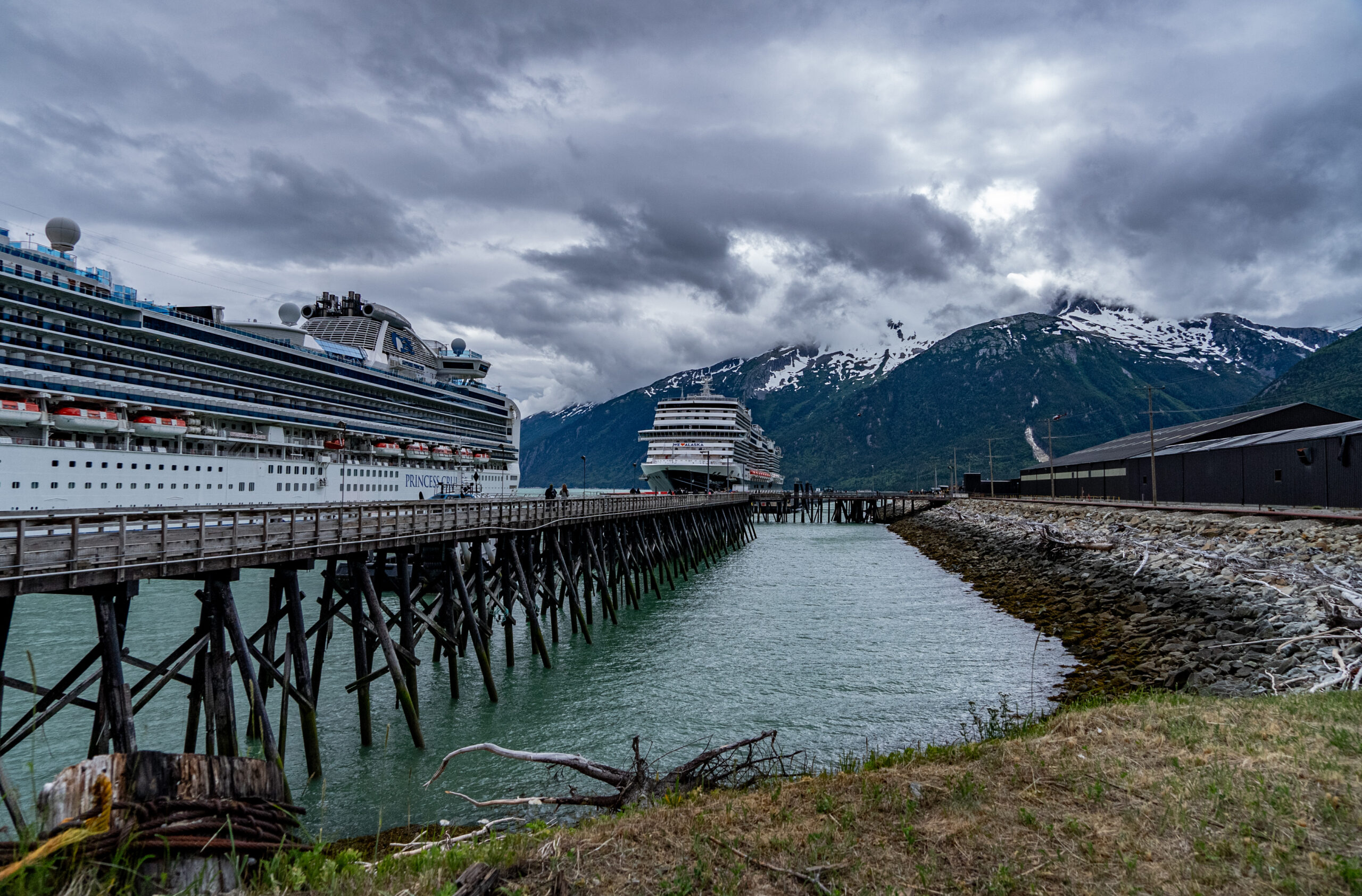
It’s true that Skagway is, today, one of the best-known ports for cruise ships travelling up the coasts of British Columbia and Alaska. The town, home to little more than a thousand year-round residents, swells in the summer with hundreds of seasonal workers and well over one million cruise ship passengers, who come to buy souvenir T-shirts and crane their necks up at the mountains, or to travel on bus tours up into the alpine moonscape above town, where stampeders once toiled on their way north to the Klondike gold fields. But that’s a relatively recent phenomenon. Before the cruise ships started arriving in force in the 1990s, the port revolved around mineral ore. As a 1989 report from Alaska’s Department of Health put it, Skagway was “the only seaport serving the vast Canadian Yukon Territory, and lead and zinc ore shipments from the Yukon Territory are a major contributor to the town’s economy.” Those shipments came from the Faro mine, a now-notorious contaminated site that was once the world’s largest open pit lead-zinc mine. Beginning in the late 1960s, Faro shipped its ore out to Skagway by rail, where it was loaded onto ships for transit to smelters elsewhere.
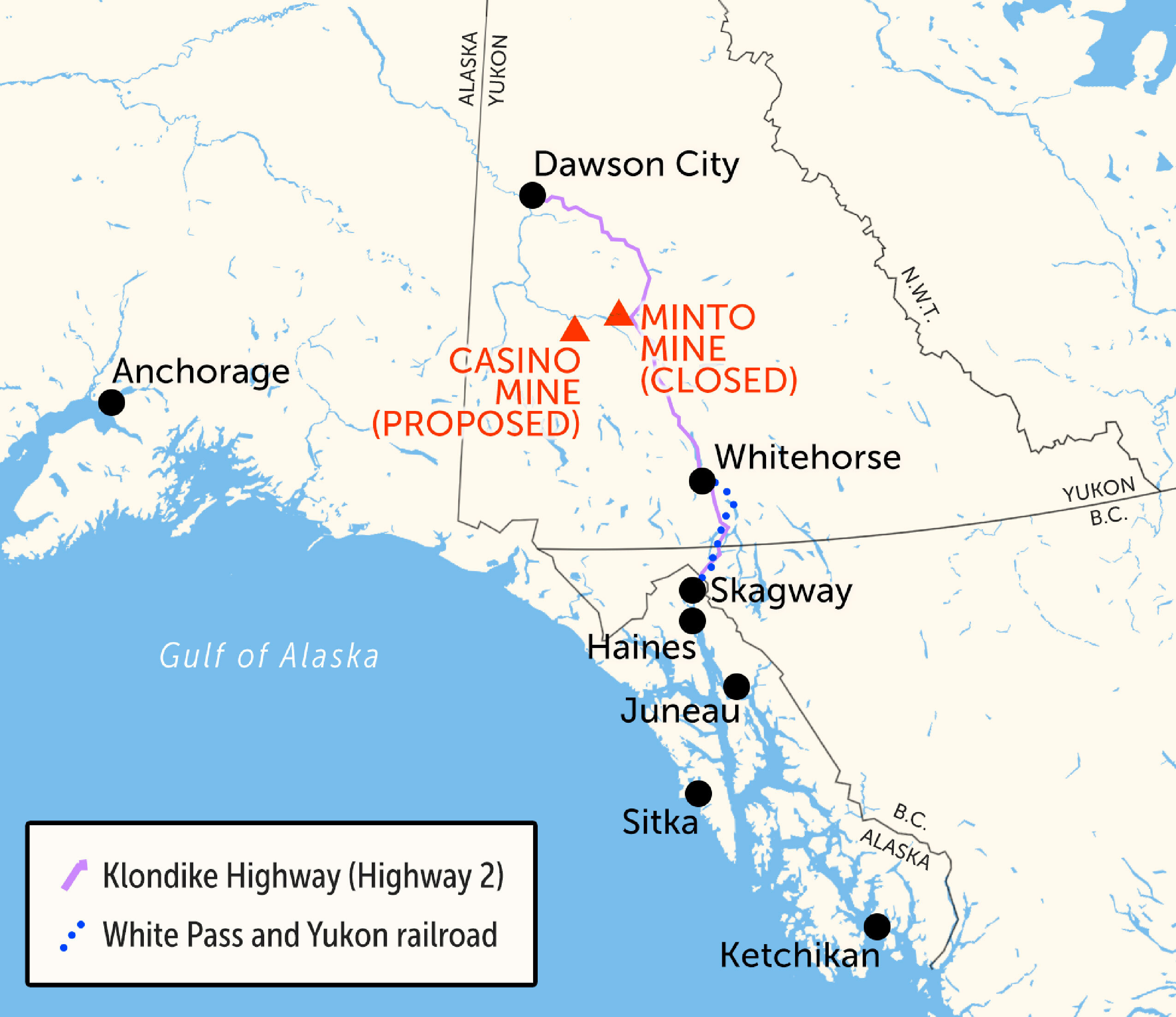
Faro closed for the first time in 1982, and that’s when the railroad shut down too. The mine then cycled through a couple of re-openings, renewed closures and ownership changes. During that period, its ore was shipped to Skagway by truck. According to that 1989 Health Department report, ore trucks arrived in Skagway “approximately every 30 minutes, 24 hours a day, 362 days a year.” The ore, transported in a powdered form called concentrate, was stored in a warehouse and then loaded onto ships, via a conveyor belt, roughly every 14 days.
“Back in the day when they were bringing truckloads of ore in, they didn’t even have covers on the trucks,” says Andrew Cremata, who served as mayor of Skagway from 2019 to 2023. “So this ore dust was blowing all over town and then dumping into the basin.” Hence the Health Department report, which attempted to assess the levels of lead in Skagway residents’ blood, as well as contamination in the harbour and around town. (Among other things, the report recommended residents wash their hands frequently, and mop their floors often, to reduce their exposure to lead dust carried on the wind.)
Faro’s last owners went bankrupt and abandoned the mine in 1998, saddling Canadian taxpayers with an estimated $2-billion cleanup. Skagway, meanwhile, was left with a harbour sea-floor laced with lead, zinc and mercury. A 2018 report found “the mass of the contamination present in sediment is still influencing aquatic food chains.”

It wasn’t really within the local government’s control. In the 1960s, as the Faro mine was coming online, the White Pass & Yukon Route railroad took out a 55-year lease on the Skagway waterfront. And although the trains stopped running in 1982 (and then restarted again as a tourist attraction a few years later), the lease continued. Citizens of Skagway voted not to renew the White Pass lease in 2015, and preparations for the municipality to take over management of the port spanned several years. (The port was a focus of Cremata’s campaign for mayor and his tenure in office.) Skagway didn’t fully regain control of the ore dock until the lease finally expired in 2023.
In the meantime, the Yukon’s Minto copper mine went into production in 2007, and resumed use of the dock and its facilities to ship out its ore. “I think they had some quote-unquote improvements” from the Faro era, Cremata says. But the aging dock and the old conveyor belt were both, he recalls, in poor repair. “It was not only antiquated, it was a joke. And they were trying to convince us to allow them to keep using it after we took over the port. No — I was adamantly against that export.”
Former Minto mine leadership reached by The Narwhal either declined to comment or did not respond by publication time.
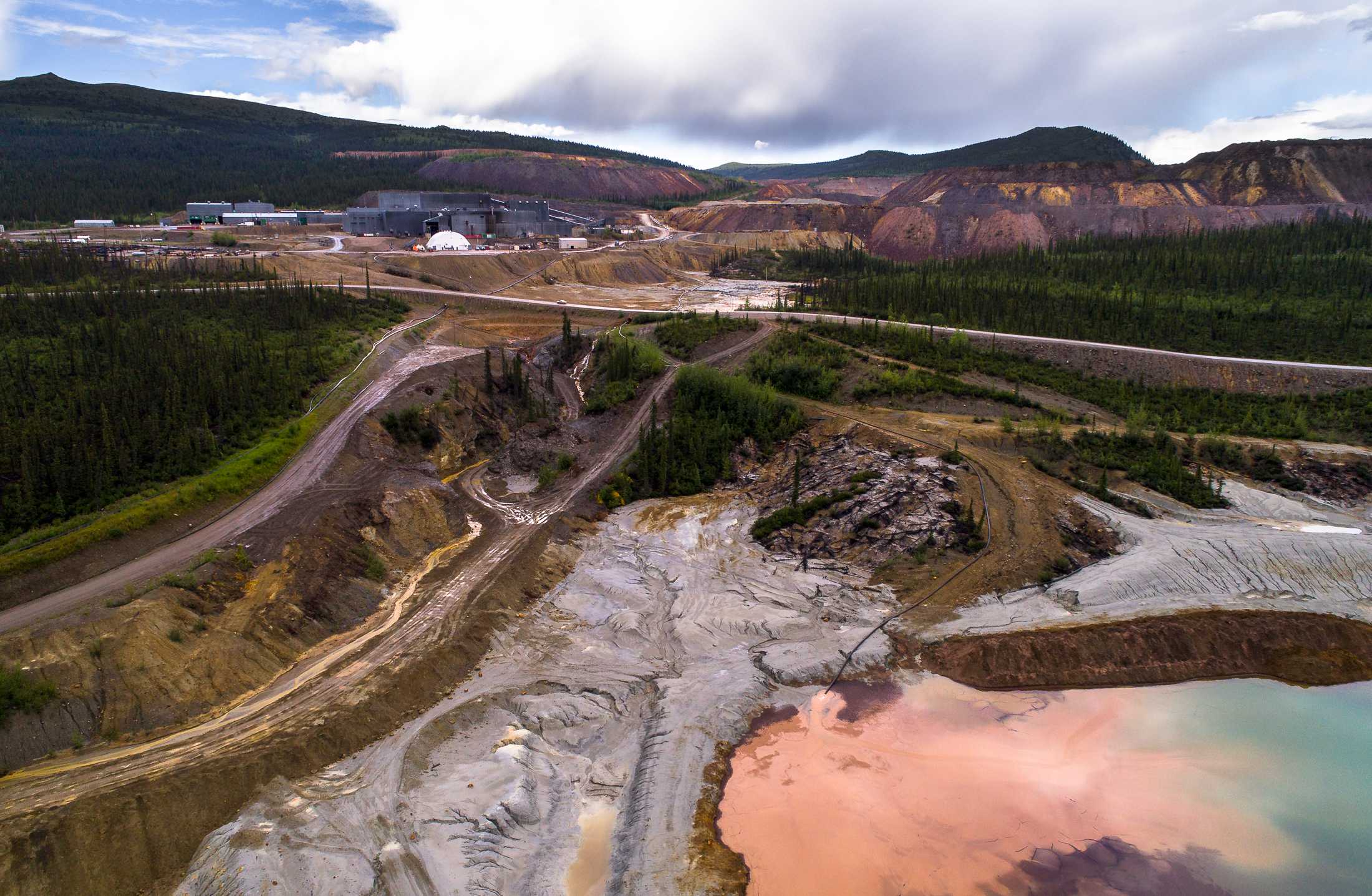
In 2023, almost concurrent with Skagway taking over the port, Minto declared bankruptcy. The site was added to the Yukon’s list of abandoned mines; so far, its remediation is budgeted to cost the public at least $20 million more than the $75-million security deposit that Minto had put down before its closure.
Late last year, the municipal government in Skagway demolished the old ore dock, though parts of the land-based ore facility remain in place, still filled with Minto’s abandoned ore. In July, the Alaska government cut funding that would have helped remediate the site.
As of this summer, Skagway has built a new dock in its place, capable of offering a berth for large cruise ships — but not ore carriers (despite still being called the ore dock).
More than a century after the Klondike gold rush, mining remains a pillar of the Yukon’s economy. And Skagway’s port has played a role in the territory’s mineral exports for roughly half that time. So when the town was re-envisioning the ore dock, that did not go unnoticed over the border.
Skagway’s planned ore dock redevelopment originally included the new cruise ship berth, a roll-on/roll-off docking facility (to be used by ferries, barges and other vessels carrying vehicles), and what’s known as a marine services platform, which could — among other things — be used for future ore shipments.
But when prices for materials and contracting leapt up during the pandemic, and interest rates followed, Skagway was obliged to break the dock redevelopment project into discrete phases. “The first phase was getting the cruise ship part of the dock done,” Cremata says. As for the marine services platform, “It was our take that, if the Yukon government and these mines in the Yukon want to ship ore through our port, then really the users need to pay for it.” Skagway’s unusual location, reachable by road only from the Yukon, means that Yukon mines, rather than Alaska’s, are the primary potential customers. And Skagway’s residents were already paying millions of dollars for the dock teardown and remediation of the harbour and ore facility, Cremata points out. “Why should they pay the bill for cleanup and then also pay the bill for new infrastructure?”
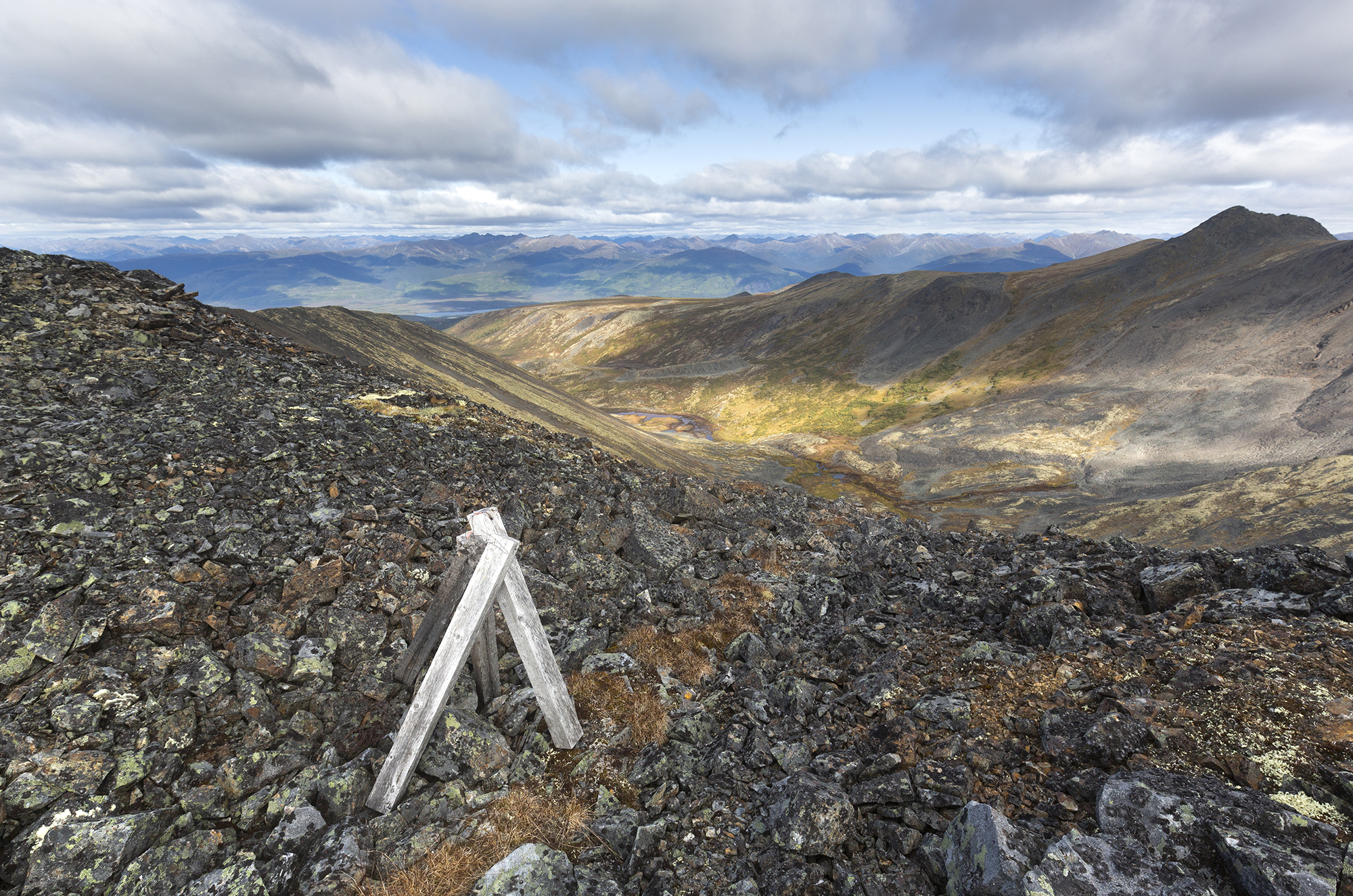
With encouragement from territorial industry groups, the Yukon government got involved. In an emailed statement, a spokesperson for the Department of Economic Development told The Narwhal that while there is no planned spending on the project in the current fiscal year, $44.65 million has been allocated for the marine services platform in the territory’s five-year capital plan. Negotiations between Skagway and the territorial government to produce a binding agreement for the project are, apparently, ongoing. “We believe our interests are broadly aligned in advancing this project and securing a solution that works for both the Yukon’s industry and the community of Skagway,” the statement says.
In early October 2023, Cremata signed his last ordinance as mayor. Supported unanimously by the council at the time, Ordinance 23-23 requires “that all bulk ore imported or exported through or to the Port of Skagway must be transported in sealed containers.” A “containerization” system like the one envisioned by Ordinance 23-23 would put an end to the era of ore being transported loose in trucks and tumbled into ships via a conveyor belt. Instead, the ore would be sealed into containers at the mine site, which would then be transported by truck and loaded onto the ships, reducing the chances of further contamination.
Neither current Skagway Mayor Sam Bass nor the municipality’s port director responded to interview requests for this story. But in a statement provided to The Skagway News when he was running for election in September 2023, Bass wrote that he supported the idea of sealing ore up in containers for transit through the community.
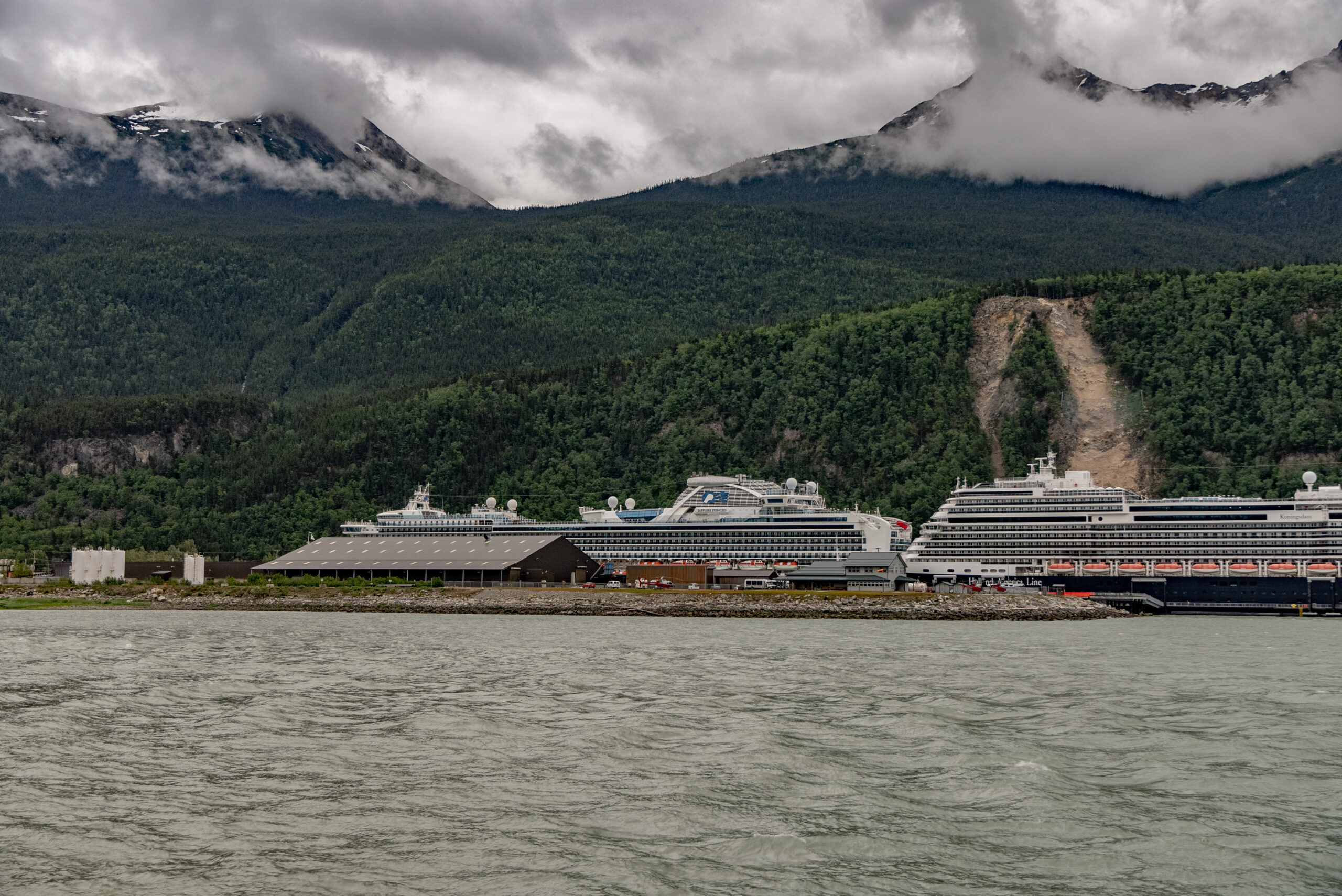
There are no current Yukon mines lining up to use a redeveloped Skagway ore dock. Asked which Yukon mines might be planning to use the facility, the spokesperson for the Department of Economic Development wrote: “The Port of Skagway has historically served as a significant export option for Yukon’s mining industry and we anticipate that this will continue.”
One theoretical future customer for the revamped ore dock is the Casino project, a proposed gold, copper, molybdenum and silver mine in central Yukon, near the village of Carmacks.
Casino Mining Corp. CEO Sandeep Singh told The Narwhal the company is in talks with the Municipality of Skagway about the town’s needs and priorities related to the Casino project. “The Port of Skagway is the closest tidewater access to the proposed Casino project as we work to provide much-needed critical minerals to Canada’s energy transition and multi-generational social and economic benefits to Yukoners.” (In December 2023, Casino president and then-CEO Paul West-Sells had called the Yukon government’s investment in the port a “step in the right direction to advancing the Casino project.”)
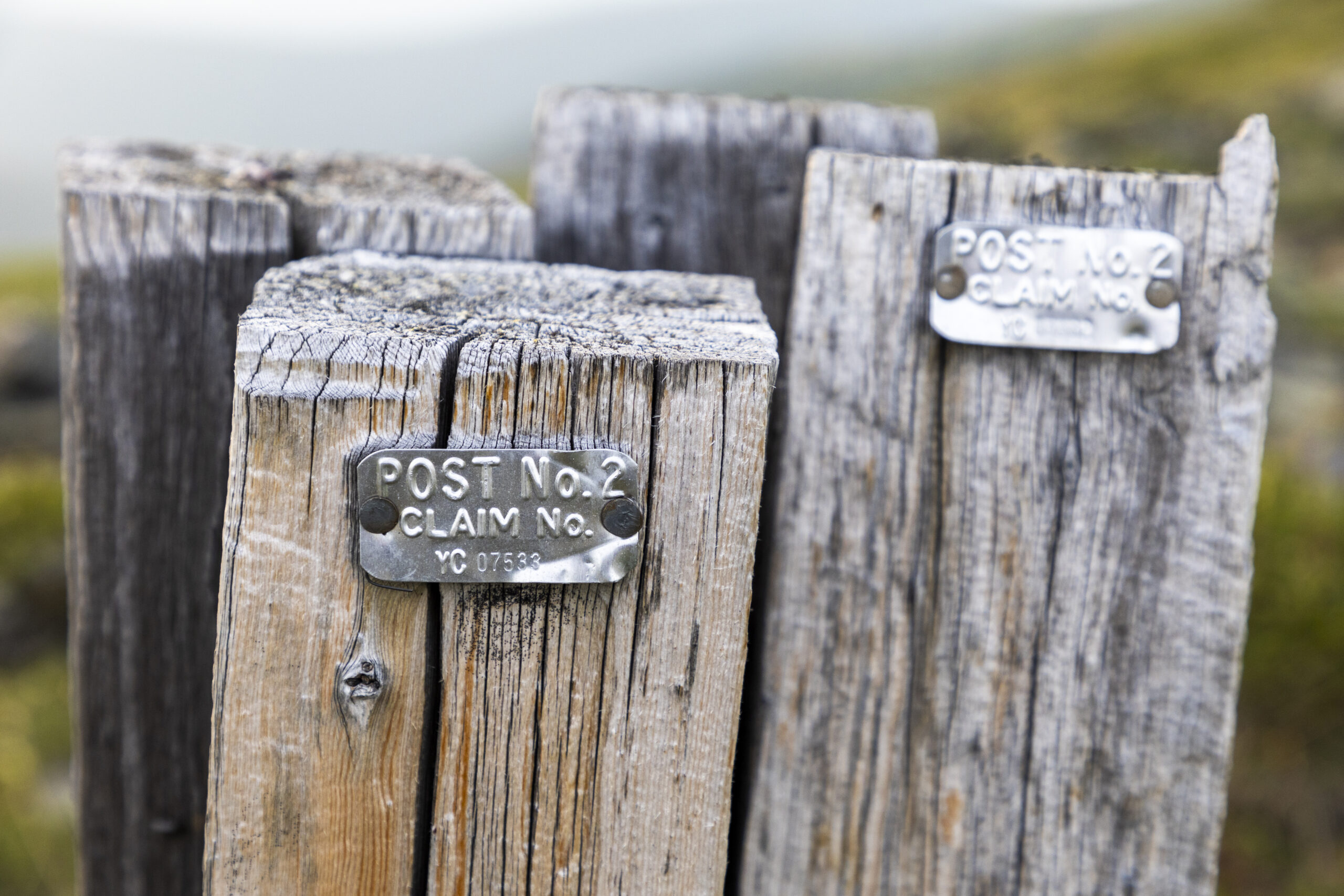
“So we’ve got a lot of Yukon taxpayers’ money being spent in another country to theoretically facilitate a private mine that’s going to cost billions to get up and running,” says Lewis Rifkind, the longtime mining analyst for the Yukon Conservation Society. (Rifkind retired shortly after this interview.) “The Casino mine is going to be as big as Faro, which I think is a terrible — and also a good — example to compare it to, environmentally, because of the mess it could make. So why is the Yukon government paying to upgrade an ore dock that could or could not maybe be used by a mine that might or might not go ahead?”
For the Yukon Conservation Society, the biggest concern about any further redevelopment of Skagway’s ore dock is that “it will help facilitate Casino,” Rifkind says.
The potential risks posed by Casino are so significant that, in 2016, the Yukon Environmental and Socio-Economic Assessment Board ruled that it would be the first mine ever subjected to its highest level of review. Back then, the two headliners were the mine’s tailings dam — then slated to be the world’s highest ever — and its impact on the Klaza caribou herd. Today, in the wake of the heap leach pad collapse and resulting cyanide spill at Victoria Gold’s Eagle mine near Mayo, Yukon, it seems likely that Casino’s own planned heap leach pad will also be under greater scrutiny.
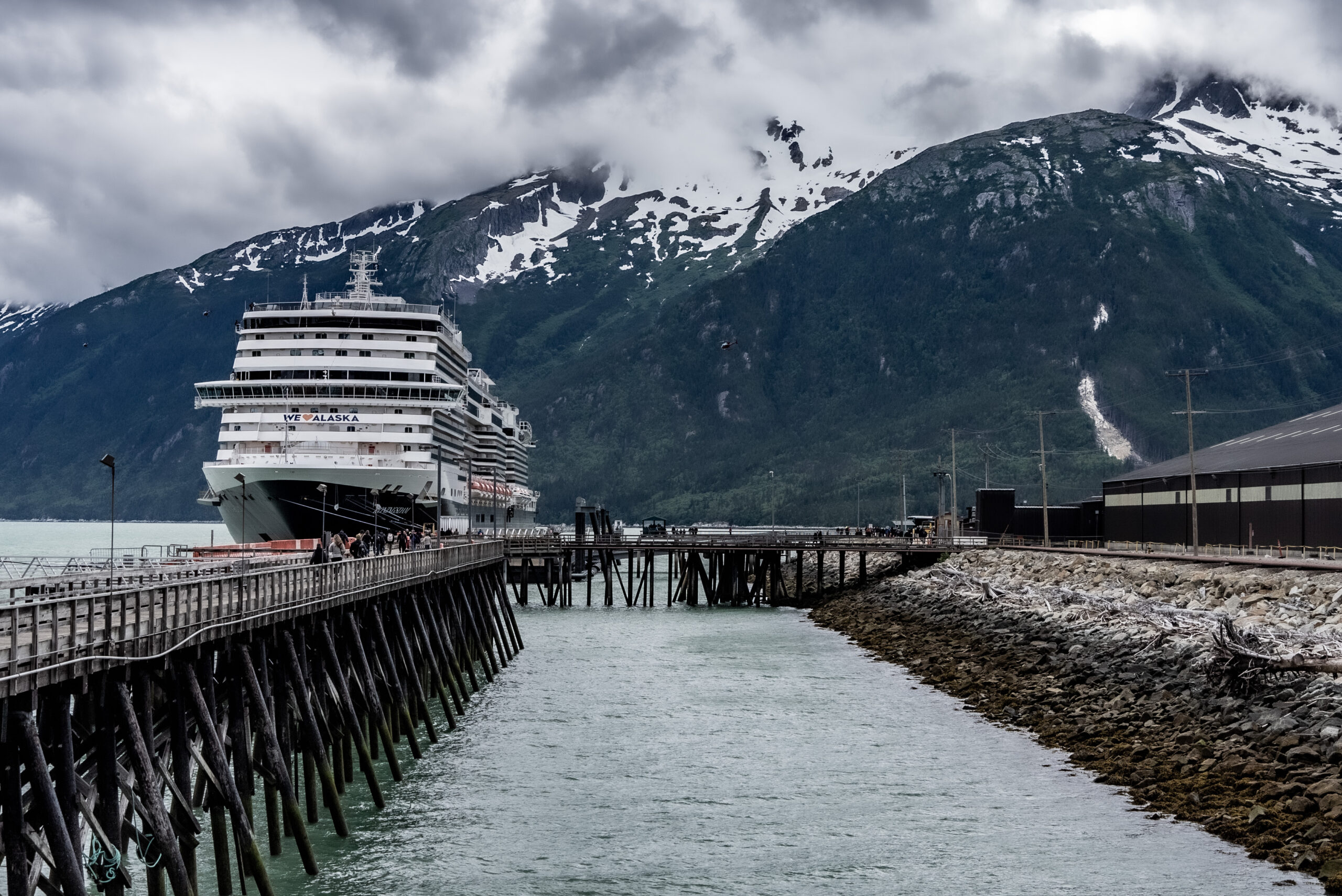
In the Alaskan coastal village of Haines, Skagway’s nearest neighbour, Lynn Canal Conservation executive director Jessica Plachta is also watching closely.
At one point, when Minto was still operational and it had become clear that Skagway would be taking back its dock, there was a proposal to move the old Faro-era ore loader over from Skagway to Haines and to ship Minto’s ore from there instead. “For the community of Haines,” Plachta says, “it’s a cautionary tale. Here’s our neighbour, 15 nautical miles away, that’s had this catastrophic history with mine exports, and there’s no real reason to think that it would be any different for us.”
“I think taxpayers on both sides of the border have reason to be very concerned about these projects that are funnelling public money into funding private industry,” she adds. “The burden on communities is just untenable.”
Get the inside scoop on The Narwhal’s environment and climate reporting by signing up for our free newsletter. Angello Johnson’s shoulders burn, and his arms...
Continue reading
First Nations are leading efforts to make sure lake sturgeon can find a home in...

We’re excited to share that an investigation by The Narwhal is a finalist for the...

A new documentary, Nechako: It Will Be a Big River Again, dives into how two...
